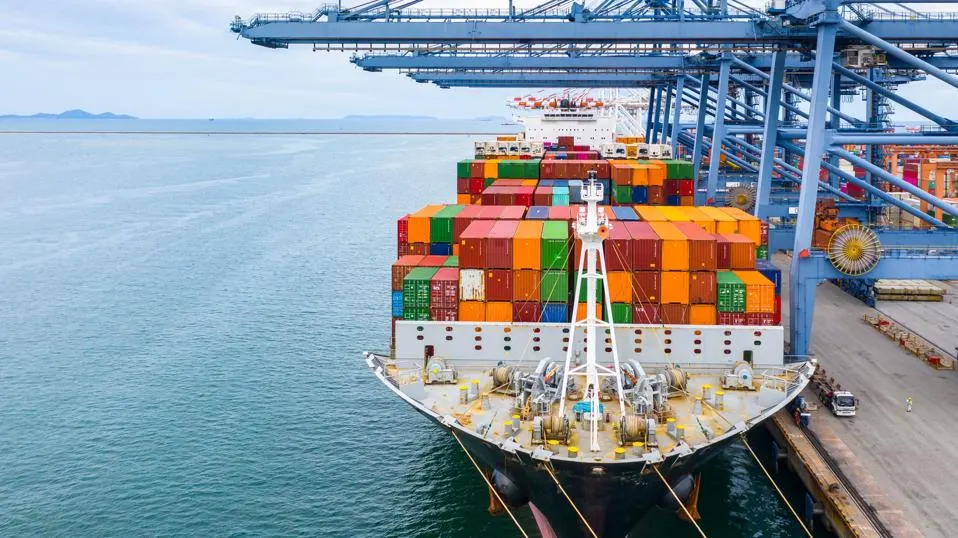In a move that could mark the most sweeping transformation of global trade policy in nearly a century, President Donald Trump has implemented a broad range of new tariffs on dozens of America’s trading partners. This escalation, years in the making, is not just another chapter in the trade wars; it’s a radical rewrite of how the world does business with the United States.
After months of promises, threats, and faltering bilateral negotiations, Trump’s long-promised “reciprocal” tariff plan has arrived — and its effects are already reverberating across global markets. From Brazil to Switzerland, from India to the European Union, the tariffs vary in scale but share one thing in common: they signal a sharp break from decades of free trade orthodoxy.
The tariffs have already generated over $100 billion in tax revenue without triggering the kind of inflation or recession that some economists had feared, at least not yet. But experts warn that the next wave could hit far harder.
Let’s break down what’s changing, who’s affected, and what it all could mean.
What’s in the New Tariffs?
Before Thursday, most imported goods faced a minimum tariff of just 10%. That floor is now a ceiling for many, and for others, the hike is staggering.
- Brazil leads the list of countries hit hardest, with tariffs on its goods spiking to 50%.
- Laos and Myanmar follow at 40%, while Switzerland faces 39%.
- Iraq and Serbia see 35% tariffs.
An additional 21 countries now face tariffs above 15%. These include key American trade partners:
- India (25%), which could see an additional 25% tariff on certain goods by August 27, due to a new executive order penalizing India for its Russian oil purchases.
- Vietnam and Taiwan (20%)
- Thailand (19%)
The European Union, along with 39 other countries, now face 15% tariffs across the board. Meanwhile, Canada and Mexico continue to receive conditional exemptions under the US-Mexico-Canada Agreement (USMCA), but only if goods comply with its terms. If not, Mexico faces 25% tariffs, and Canada’s rate jumps to 35%, up from 25%.
Are There Any Exemptions?
- Smartphones are one of the few major product categories completely exempt from the new tariffs.
- Goods already covered under other sectoral tariffs or ongoing investigations won’t be subject to the new country-specific rates.
- For instance, pharmaceuticals can still be imported duty-free, although Trump has warned they could face higher rates soon.
- The EU has negotiated a 15% pharma tax to preempt future tariffs in that category.
There’s also a partial exemption for goods manufactured abroad but comprising at least 20% U.S. materials or labor.
What About the Trade Deals?
Trump has celebrated the new tariffs as a leverage tool, and in some cases, it has produced results. Over the past five months, eight trade agreements have been announced, though only two, with China and the UK, have been formalized.
The China deal, which lowered tariffs on both sides, is particularly fragile. It expires August 12. If a new agreement isn’t reached, expect a sharp rise in rates.
Most of the other “agreements” are more aspirational than actionable, involving pledges to buy more U.S. goods like Boeing aircraft, defense equipment, oil, and farm products. But key details remain unresolved.
For instance, Japan’s Prime Minister Shigeru Ishiba and chief negotiator Ryosei Akazawa recently contradicted Trump’s claims, stating that no final deal has been reached, despite the President’s assertion that Japan agreed to buy Ford F-150s.
When Do These Tariffs Take Effect?
Technically, the new tariffs are already in place, but with a grace period.
Goods that were already in transit to the U.S. before 12:01 a.m. Thursday will still be taxed under the old rates until October 5. That gives some breathing room for businesses, but it’s limited.
What’s Coming Next?
This tariff wave is far from the end of the story.
At a Wednesday Oval Office event, Trump threatened a 100% tariff on semiconductors and chips, without giving a timeline. Lumber is also in his crosshairs, and pharmaceuticals, as noted earlier, could soon lose their exemption.
Although these new tariffs may yet be struck down in court, ongoing legal challenges are underway, Trump still holds a vast range of powers to keep tariffs flowing and shape U.S. trade policy unilaterally.






